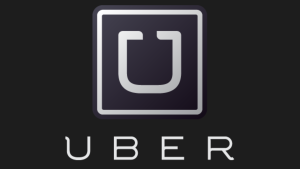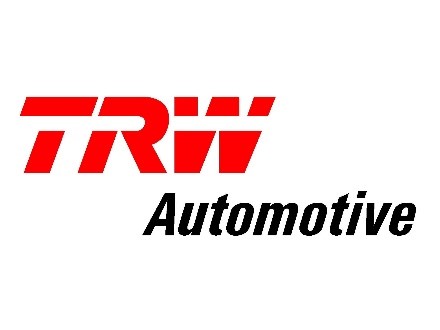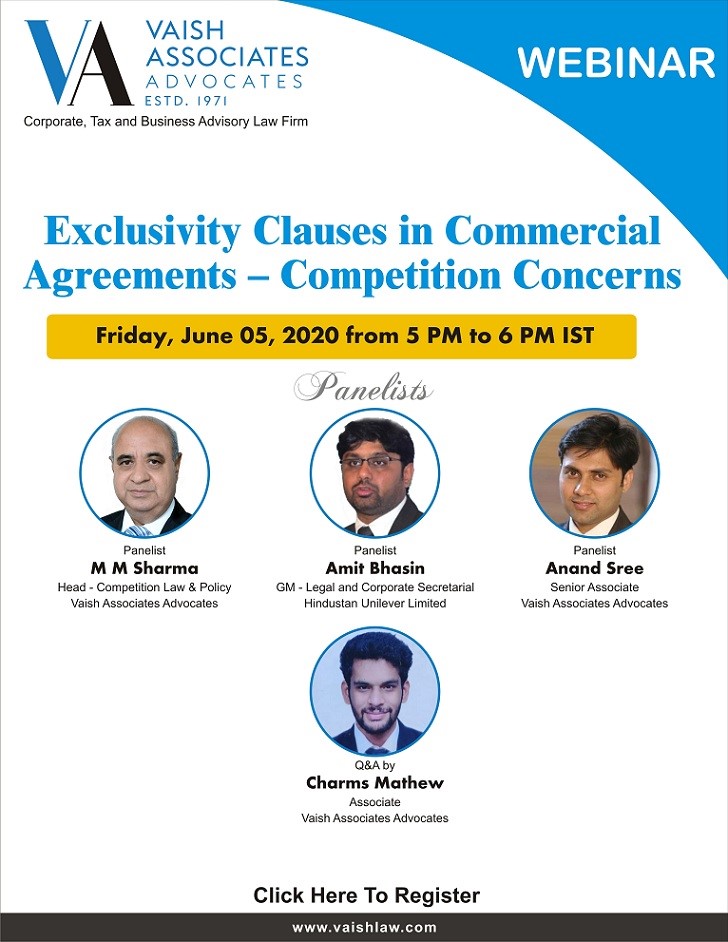COMPAT by its order dated December 7, 2016, has set aside the order dated February 10, 2016 of CCI closing the infor mation filed against Uber India Systems Private Limited (“Uber”) for alleged abuse of dominant position and has directed the DG to conduct investigation in to the allegations against Uber, the aggregator based radio taxi services company, for allegedly establishing its monopoly and eliminating otherwise equally efficient competitors from the market by abusing its dominance by alluding to predatory pricing and following unfair conditions by virtue of its dominance. In the information filed by Meru Travels Solutions Private Limited (“Meru/ Informant”) it was alleged that before the commencement of Uber’s operations the prevailing market rate for radio taxi in Delhi NCR was approximately Rs. 23 per km. Uber launched its services at Rs. 20 per km which was progressively brought down to Rs. 7 to Rs. 12 per mkmfor different categories of services and also offered incentives to first time customers and discounts on subsequent trips. The Informant also alleged that Uber pays its drivers/car owners attached on its network unreasonably high incentives over and above and in addition to the trip fair received from the passengers. As a consequence of such practices, whereas the informant’s market share reduced from 18% in December 2013 to 11% in September 2015 by number of trips and it lost Rs.107 crores during the same period, the market share of Uber reached to almost 50% per trip basis during the same period. It was also stated that Uber was spending approximately USD 885 million to generate revenues of USD 415 million. Further, Uber’s loyalty inducing schemes were also likely to have exclusionary effect. It was alleged by the informant that by such conduct, the respondent is involved in anti-competitive practices. However, the respondent before the CCI, defended its services by stating that according to the September 30, 2015 report by New Age tech Sci Research Private limited (‘the report’) Uber had attained a share of 50.1% in Delhi NCR on which the informant/ appellant was relying upon lacked credibility as while preparing the report, none of the representatives of Uber were interviewed. It was further stated that the report was made for business up to 30th September 2015 while the information was filed on the 9th October, 2015 raising a doubt on the nature of the report as it was impossible to file information so soon after the reporting period was completed.
mation filed against Uber India Systems Private Limited (“Uber”) for alleged abuse of dominant position and has directed the DG to conduct investigation in to the allegations against Uber, the aggregator based radio taxi services company, for allegedly establishing its monopoly and eliminating otherwise equally efficient competitors from the market by abusing its dominance by alluding to predatory pricing and following unfair conditions by virtue of its dominance. In the information filed by Meru Travels Solutions Private Limited (“Meru/ Informant”) it was alleged that before the commencement of Uber’s operations the prevailing market rate for radio taxi in Delhi NCR was approximately Rs. 23 per km. Uber launched its services at Rs. 20 per km which was progressively brought down to Rs. 7 to Rs. 12 per mkmfor different categories of services and also offered incentives to first time customers and discounts on subsequent trips. The Informant also alleged that Uber pays its drivers/car owners attached on its network unreasonably high incentives over and above and in addition to the trip fair received from the passengers. As a consequence of such practices, whereas the informant’s market share reduced from 18% in December 2013 to 11% in September 2015 by number of trips and it lost Rs.107 crores during the same period, the market share of Uber reached to almost 50% per trip basis during the same period. It was also stated that Uber was spending approximately USD 885 million to generate revenues of USD 415 million. Further, Uber’s loyalty inducing schemes were also likely to have exclusionary effect. It was alleged by the informant that by such conduct, the respondent is involved in anti-competitive practices. However, the respondent before the CCI, defended its services by stating that according to the September 30, 2015 report by New Age tech Sci Research Private limited (‘the report’) Uber had attained a share of 50.1% in Delhi NCR on which the informant/ appellant was relying upon lacked credibility as while preparing the report, none of the representatives of Uber were interviewed. It was further stated that the report was made for business up to 30th September 2015 while the information was filed on the 9th October, 2015 raising a doubt on the nature of the report as it was impossible to file information so soon after the reporting period was completed.
While adjudicating the matter, the CCI considered that the nature of the report on which the appellant has relied upon is controversial as Uber was not interviewed and the findings of the research report were entirely contrary to another report “6Wresearch” which had been presented before the Commission in an earlier case related to Radio Taxis thereby raising doubt about the credibility of the report. The Commission further held Delhi as the relevant market and not Delhi NCR region as requested by the Informant on the grounds that the regulatory framework in relation to taxi services and use of CNG in public transport were different in both the regions. The Commission did not consider Uber to be dominant in the relevant market and closed the case under Section 26(2) of the Act.
COMPAT , while setting aside the CCI order , noted that the Commission has considered Delhi as the relevant market while the information suggested Delhi NCR Region as the relevant market and in its opinion restricting relevant geographic market to Delhi was an error and the relevant geographic market prima facie should have been radio taxi service in Delhi NCR on the grounds that order of the High Court of Delhi on the mandate on the use of CNG in public transport within NCT was revised by the Supreme Court to cover the entire NCR of Delhi and according to Motor Vehicle Act, taxis which operate under a tourist agency permit are not constrained to operate within municipal limits and taxis such as Uber and Ola use tourist taxi permits and also that as customers are not affected by political demarcations. Further, as regards the dominance, the Commission has stated that respondent had raised doubt about the credibility of the “Tech Sci” report on some grounds and had recalled its consideration of another research report called “6Wresearch” which had come before it in an earlier consideration wherein another radio taxi service, Ola had been reported to be in dominance. COMPAT noted that since the two reports in question showed contrary results, the Commission decided to ignore both of them but then subsequently alluded to a combined reading of the two reports. If the Commission had ignored both these reports, then there was no reason for the Commission to give a combined reading to both of them as it was difficult to say which part was being excluded by the Commission from each report and what parts were being read. The COMPAT also observed that the data presented in the “Tech Sci” Report has simply been denied by Uber in the preliminary conference but nothing in writing or by way of material has been presented by Uber to assist the Commission in making an assessment about the size and share of the market. They have not controverted the figures factually. If they did not believe the correctness of the Tech Sci figures, they had the option of giving their own figures. They offered to do so under confidentiality but the matter ended there itself, therefore, COMPAT held that the Commission’s approach in this matter was not consistent and the information along with material and facts made available should have been enough for the Commission to formulate an opinion since the object of Section 26(1) is to formulate a prima facie view. Further the fact that two reports being referred, which had contrary results to show, could have been a good reason for the Commission to order an investigation to reach a decision on a matter which has attained significant interest in the Indian market place. It also held that availability of financial resources and existence of discounts and incentives associated with the model of business adopted by the respondents are good supporting reasons to suggest that the issue of dominance needs to be seen from a perspective that does not limit to the market share of the enterprise alone.
Therefore, COMPAT held that though it cannot be said definitively that there is an abuse inherent in the business practices adopted by the respondents but the size of discounts and incentives show that there are either phenomenal efficiency improvements which are replacing existing business models with the new business models or there could be an anti-competitive stance to it. It held that facts on the record are enough to trigger an investigation by the DG and directed the DG to conduct to conduct an investigation into the matter and submit the report to the commission within the period prescribed under the Act. (Source: COMPAT Order dated December 07, 2016. For full text see COMPAT website)
Suggested Reading:
(i) Competition Appellate Tribunal (COMPAT) orders investigation against producers of Hollywood movies-
(iii) CCI Order refusing interim relief against OLA Cabs in an ongoing investigation upheld by COMPAT







